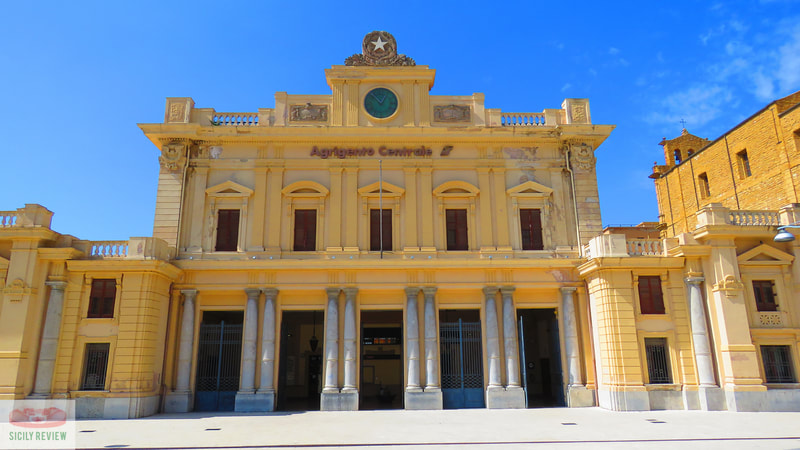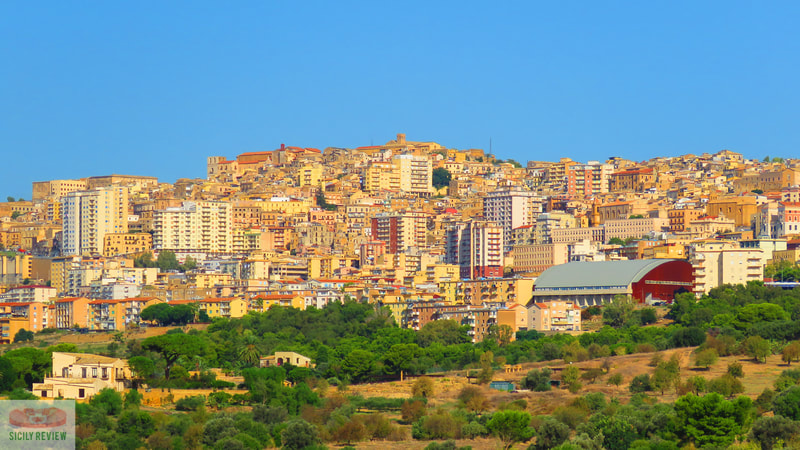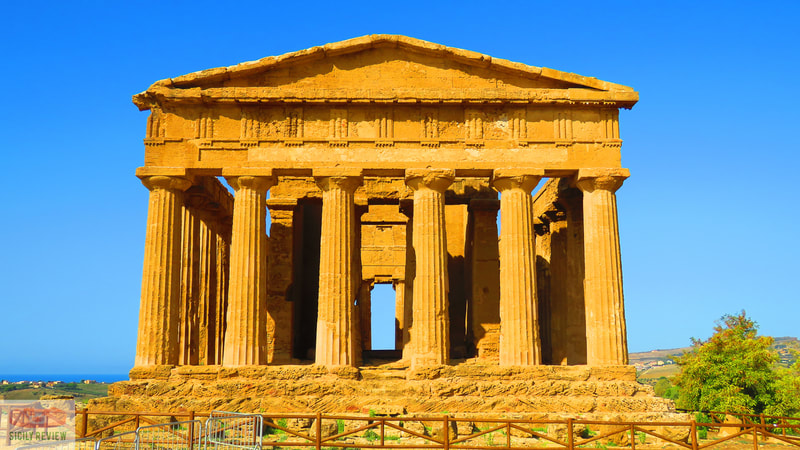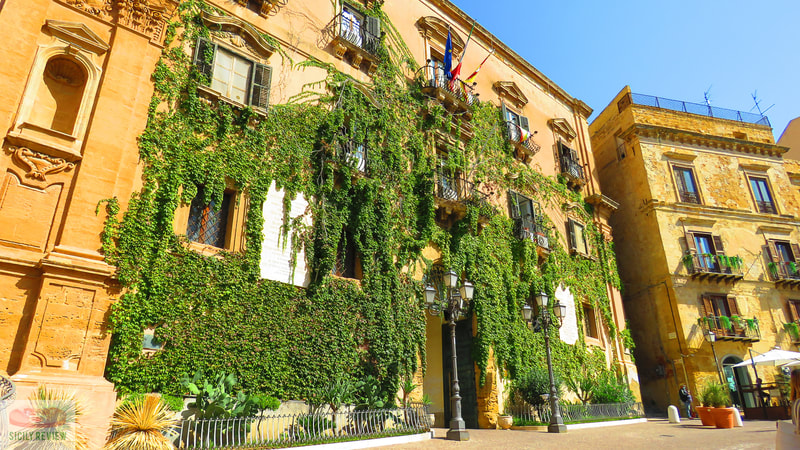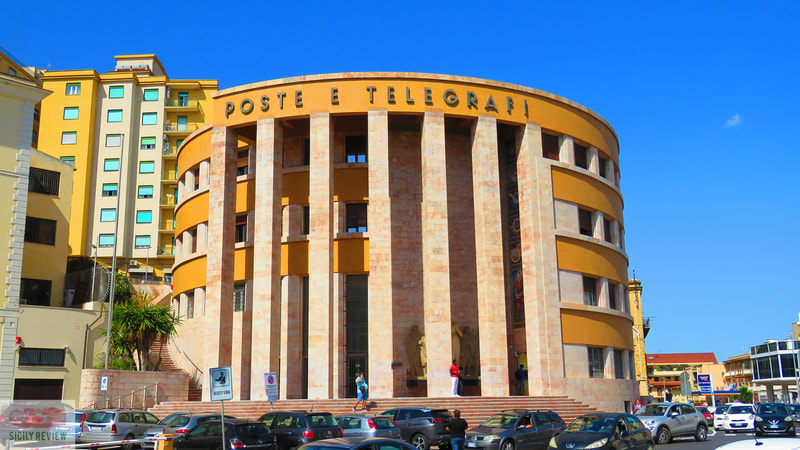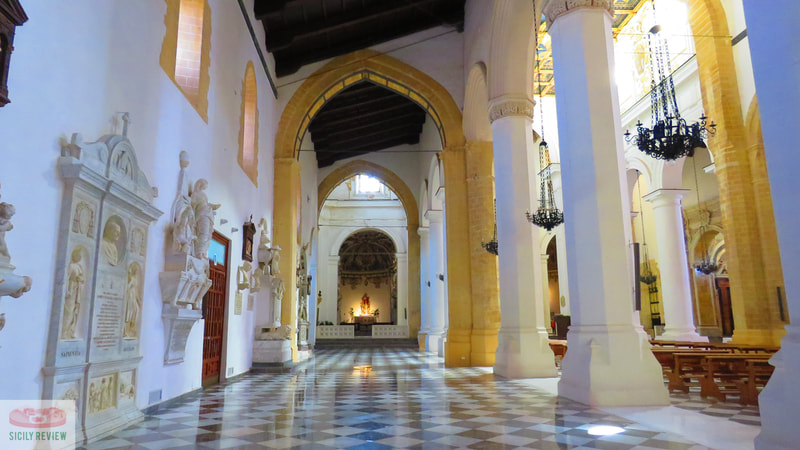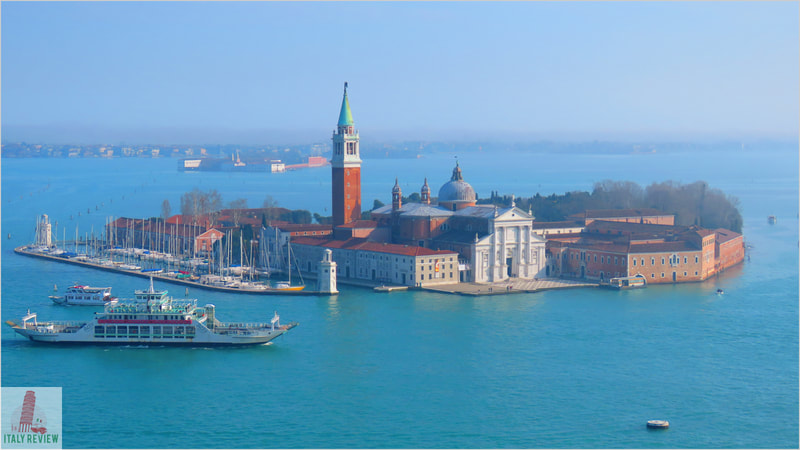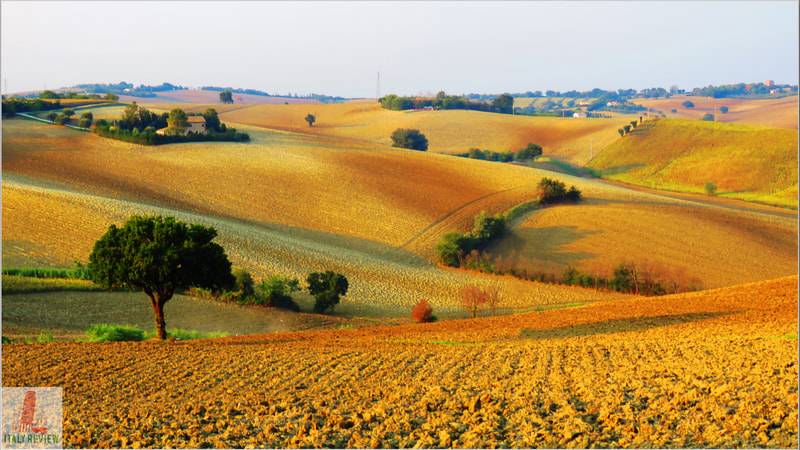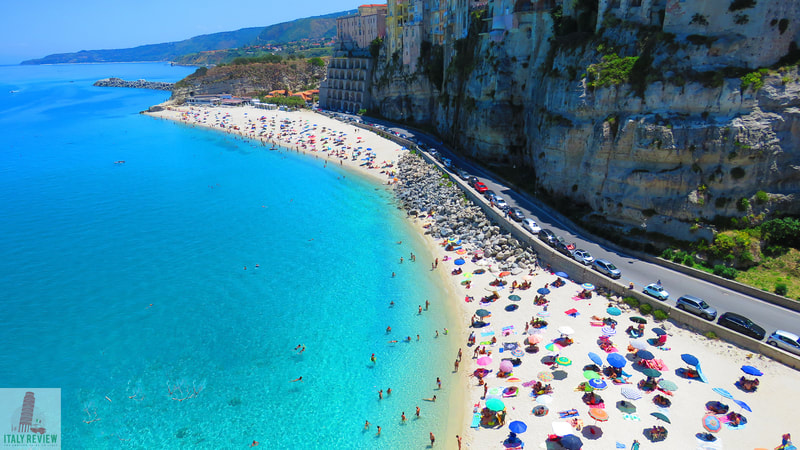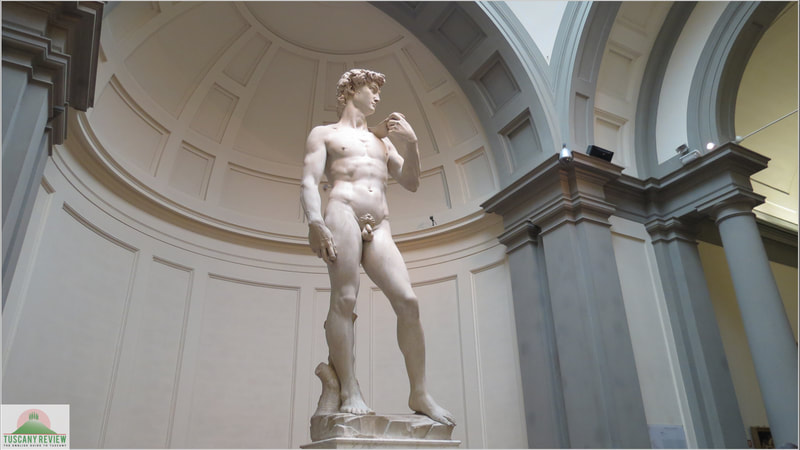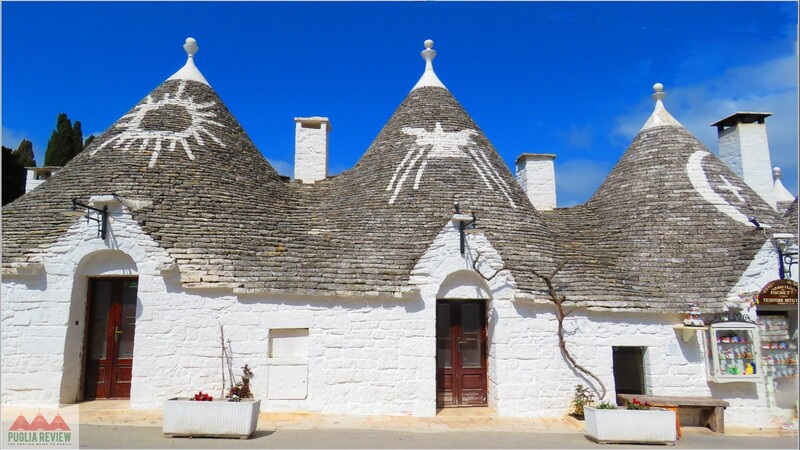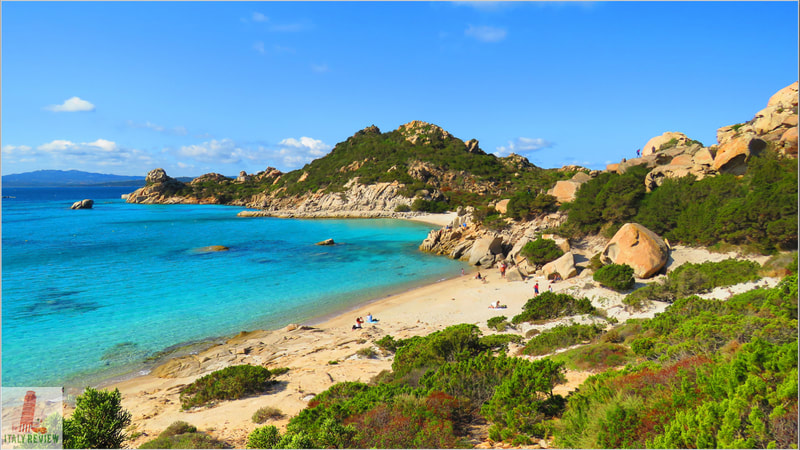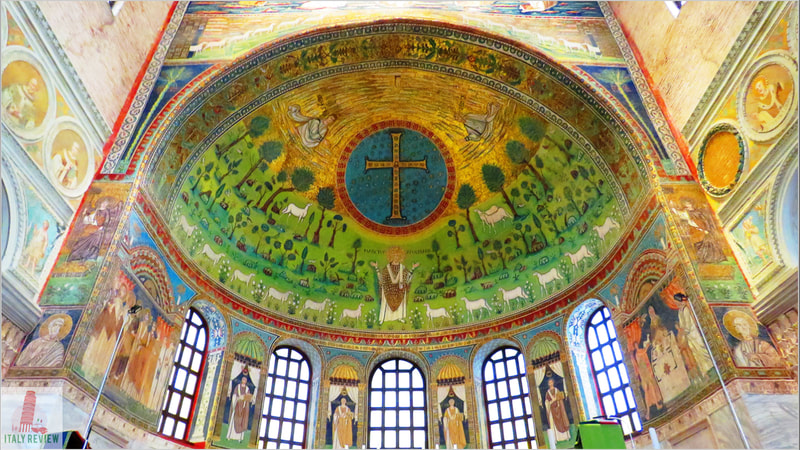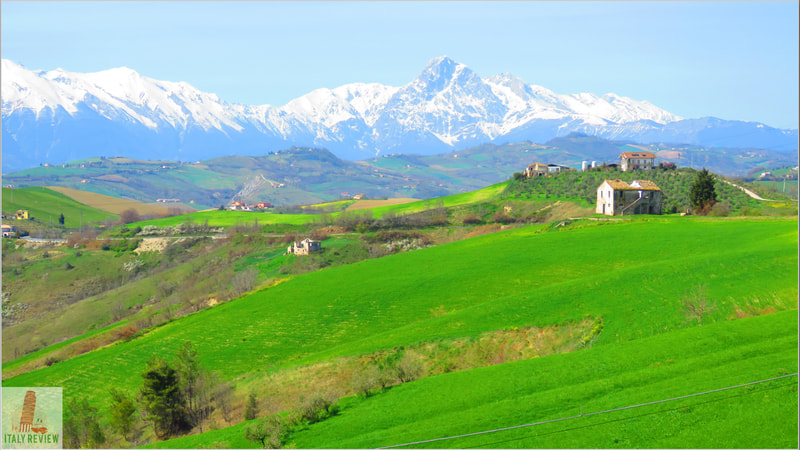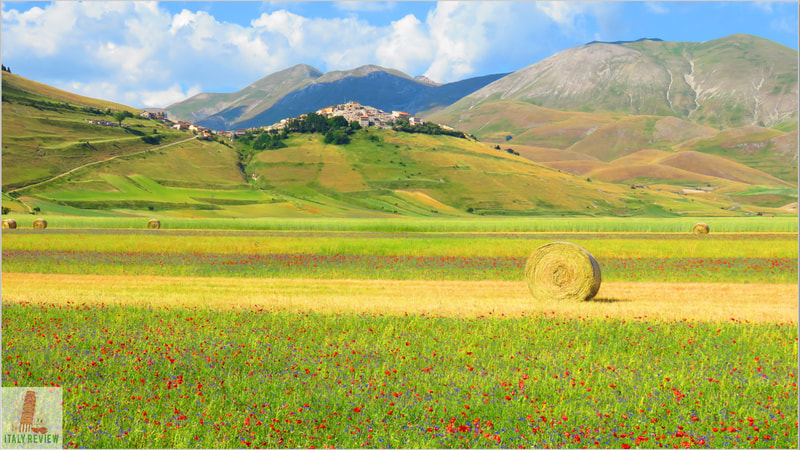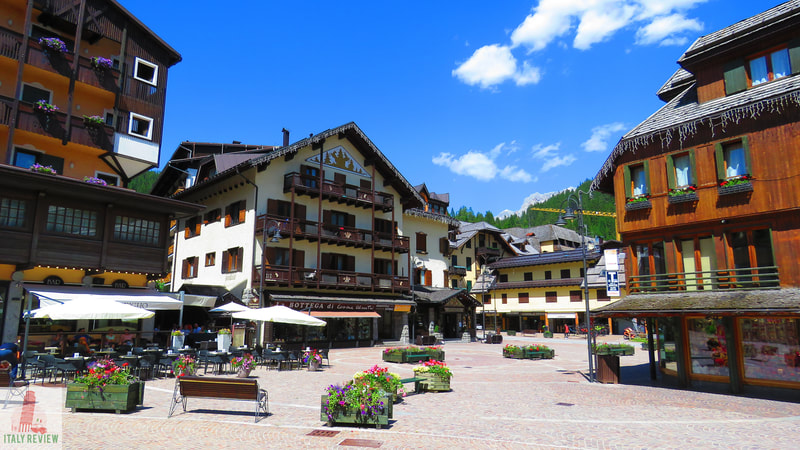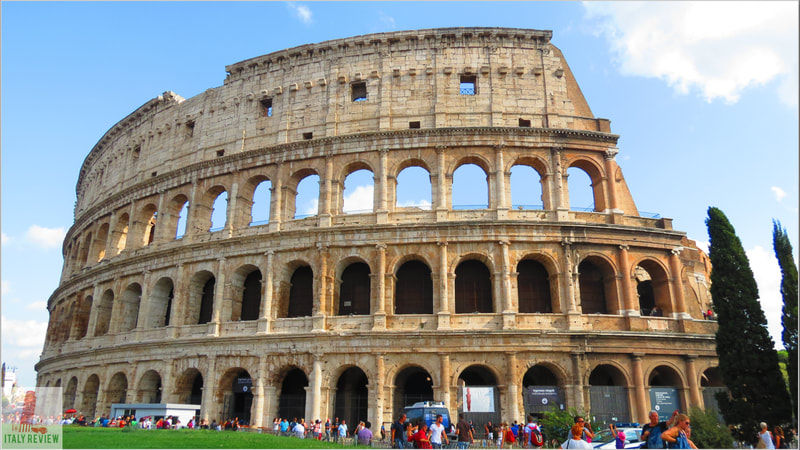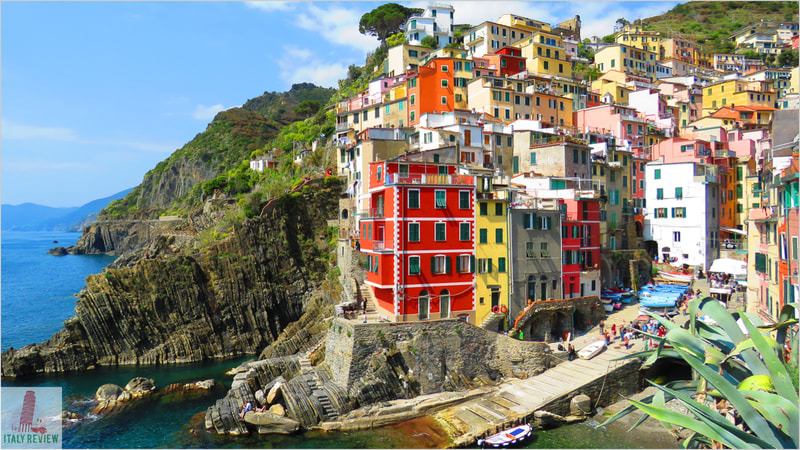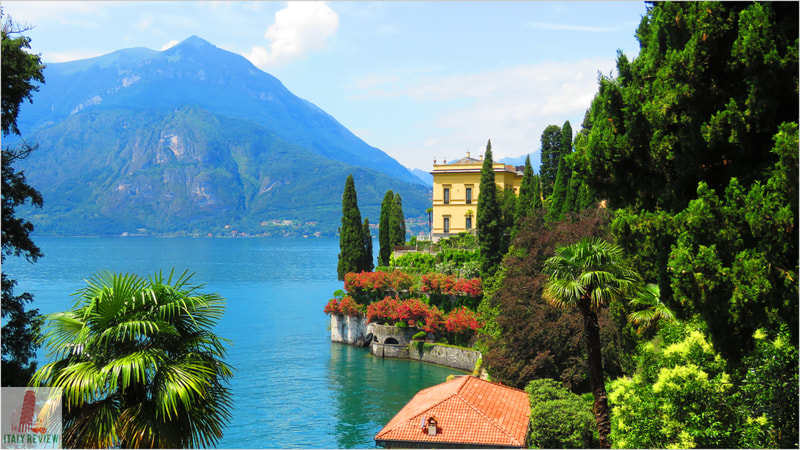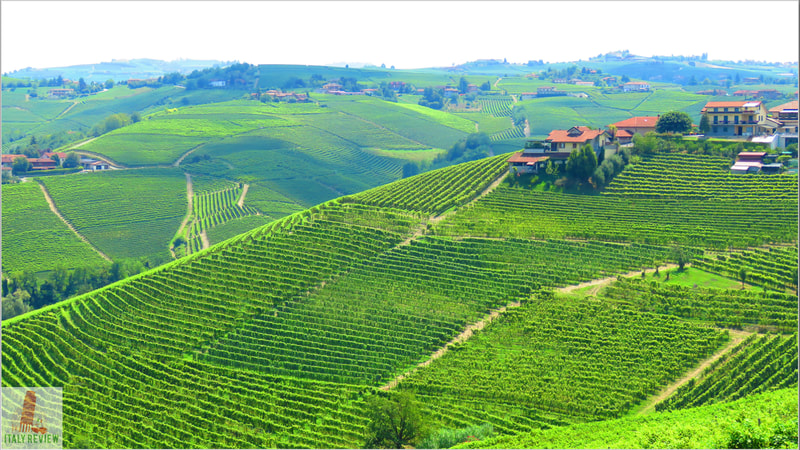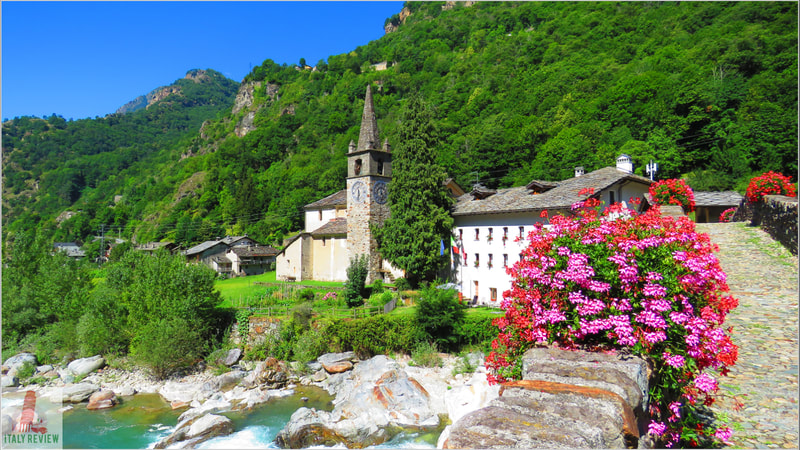Agrigento
|
By Dion Protani
|
Latest update: 23 October 2023
|
|
The city of Agrigento is the capital city of the Province of Agrigento with a population of 58,956 inhabitants.
Standing at an elevation of 230 metres above sea level, it covers a total area of 245 km² and lies 133 kilometres south east of Palermo, the regional capital of Sicily. Perhaps more than in any other place in Italy, the contrast between ancient and modern fills the air in Agrigento. Founded 2,600 years ago as Akragas, it is home to Sicily's leading archaeological site. |
Related links
Rising above the Valley of the Temples
Almost every tourist that visits Agrigento comes to see one thing: The Valley of the Temples. Located down the slopes outside the modern city, the archaeological site boasts a series of Doric Temples, some mostly ruins, but others such as the Temple of Concord, incredibly intact despite its tumultuous history.
Down in the Valley you can be standing next to a 2,500 year old column or piece of sculpture, only to glance up and be presented with the incongruous vista of a cityscape dominated by modern tower blocks. This is the essence of Agrigengto; the modern city up on the hill, separated from the ancient world by three kilometres of rolling hills and two thousand years of history.
Down in the Valley you can be standing next to a 2,500 year old column or piece of sculpture, only to glance up and be presented with the incongruous vista of a cityscape dominated by modern tower blocks. This is the essence of Agrigengto; the modern city up on the hill, separated from the ancient world by three kilometres of rolling hills and two thousand years of history.
Agrigento's mixture of old and new monuments
Whilst it's impossible to say that modern Agrigento matches the wonder of the Valley of the Temples, it's not entirely without its own charms. Highlights in the city proper include the beautiful 14th century Cathedral, the Cattedrale di San Gerlando where you can explore the interior from above via a staircase and also enjoy some outward panoramas from its adjoining bell tower.
Climbing the steep hills to explore the city centre
Before embarking on any city-centre sightseeing it's worth pausing for a moment or two to plan ahead. Agrigento lies on a steeply rising hill, a fact that is partially obscured by the high-rise buildings. It really is a mixture of old and new in the centre with the roads getting narrower the closer you get to the Cathedral which is situated at the highest point.
A complex system of staircases is one way of reaching the Cathedral, allowing you to visit another church along the way: the Chiesa di Santa Maria dei Greci which stands on the site of a 5th century Doric temple. However, if you start somewhere like Piazza Pirandello which is closer to the centre, you'll probably be quite exhausted by the time you get to the Cathedral. There is a street (Via Duomo) that leads directly to the Cathedral which does have a car park, but just be prepared for some very narrow roads which may at times force you into some tricky manoeuvres.
A complex system of staircases is one way of reaching the Cathedral, allowing you to visit another church along the way: the Chiesa di Santa Maria dei Greci which stands on the site of a 5th century Doric temple. However, if you start somewhere like Piazza Pirandello which is closer to the centre, you'll probably be quite exhausted by the time you get to the Cathedral. There is a street (Via Duomo) that leads directly to the Cathedral which does have a car park, but just be prepared for some very narrow roads which may at times force you into some tricky manoeuvres.
The lower end of the upper city
Descending away from the Cathedral, to the east, you eventually reach the lower area of the city which is very different with a much more modern feel. This change in appearance is perhaps best encapsulated by the Palazzo delle Poste, the Post Office Building on Piazzale Vittorio Emanuele II which was built in the 1930's and bears all the hallmarks of the Fascist-era architecture.
This area of wide walkways, a tree-lined square and solid-looking municipal buildings has that feel of a deliberately-laid-out "city of the future", in some ways resembling the EUR district of Rome. From that tree-lined square called Piazzale Aldo Moro which is divided into four quarters, you can traverse from the new area of the city back up to the old along the centre's main shopping artery of Via Atenea.
The other major site in the city centre is the Monastero dello Santo Spirito, a convent founded in the 13th century which lies just off Via Atenea. Knock on the door here and one of the nuns will answer; ask them for some "dolci" (sweets) and they'll come back with a tray of freshly-baked delights that you can buy, a mixture of pastries and sweet cous-cous using the local almonds and pistachios.
This area of wide walkways, a tree-lined square and solid-looking municipal buildings has that feel of a deliberately-laid-out "city of the future", in some ways resembling the EUR district of Rome. From that tree-lined square called Piazzale Aldo Moro which is divided into four quarters, you can traverse from the new area of the city back up to the old along the centre's main shopping artery of Via Atenea.
The other major site in the city centre is the Monastero dello Santo Spirito, a convent founded in the 13th century which lies just off Via Atenea. Knock on the door here and one of the nuns will answer; ask them for some "dolci" (sweets) and they'll come back with a tray of freshly-baked delights that you can buy, a mixture of pastries and sweet cous-cous using the local almonds and pistachios.
Making your way down to the Valley of the Temples
With the Valley of the Temples around three kilometres down the hill from the city centre, the quickest option is to take a bus with a journey time of around 10 minutes instead of the 45 minute walk. There are of course taxis as well which cost around €15, pricey but more convenient at busy times when the buses get crowded.
Comune di Agrigento
|
Province: Agrigento
Region: Sicily Population: 55,872 (source: ISTAT 1 January 2022) Size: 245 km² Elevation: 230 metres Highlights: Valley of the Temples, Agrigento Cathedral Close by: Porto Empedocle, Scala dei Turchi, Eraclea Minoa Recommended accommodation: Doric Boutique Hotel |
Agrigento Travel
It can be difficult to pinpoint exactly where the centre of modern Agrigento is but its train station called Agrigento Centrale, situated next to the tree-lined Piazzale Aldo Moro is as good a contender as any. The building itself is worth a look; its bright yellow facade marking it out as most definitely from the modern period. Trains run north from Agrigento to Palermo with a journey time of two hours 16 minutes, or north west, inland to Caltanissetta (1 hour 58 minutes).
The most convenient airport for Agrigento is Catania Airport which is a 1 hour 57 minute drive away (163 km), while Palermo Airport is a possible alternative at just a little further away (2 hours 6 minutes/130 km), or slightly further still, Trapani Airport (2 hours 15 mins/156 km).
My recommended accommodation for Agrigento is the Doric Boutique Hotel which is well-positioned for both the city centre and the Valley of the Temples.
The most convenient airport for Agrigento is Catania Airport which is a 1 hour 57 minute drive away (163 km), while Palermo Airport is a possible alternative at just a little further away (2 hours 6 minutes/130 km), or slightly further still, Trapani Airport (2 hours 15 mins/156 km).
My recommended accommodation for Agrigento is the Doric Boutique Hotel which is well-positioned for both the city centre and the Valley of the Temples.
|
Public transport: central train station, local buses
By train: Caltanissetta - 1 hour 58 minutes, Palermo - 2 hours 16' |
By car: Caltanissetta - 49' (53 km), Enna - 1 hour 14' (85 km)
Fly to: Catania Airport - 1 hour 57 minutes by car (163 km) |

